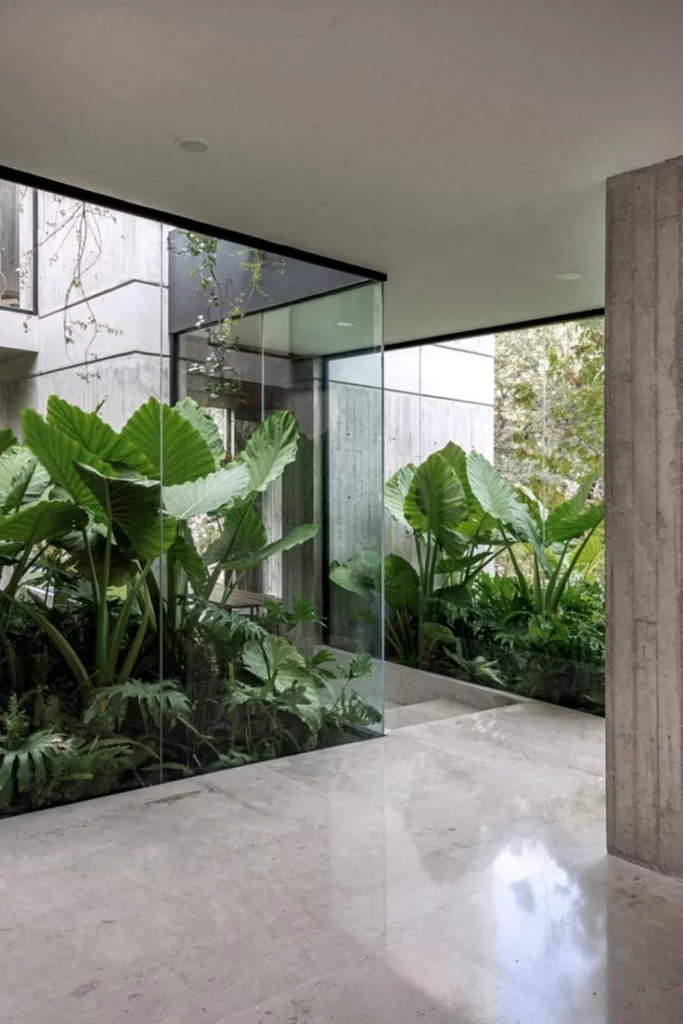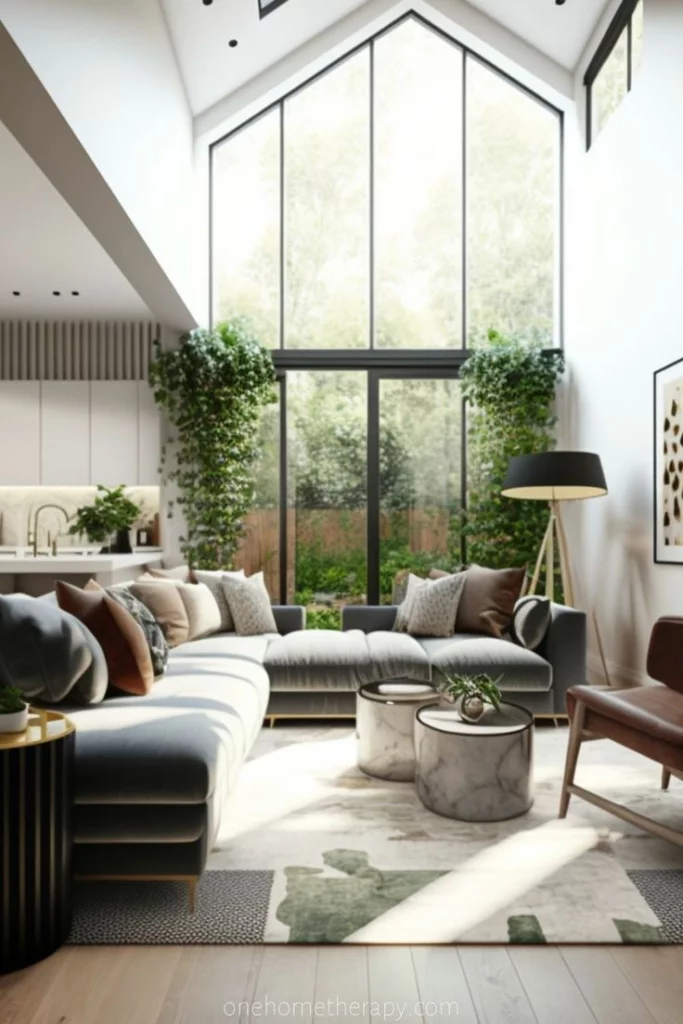Biophilic Design: Merging Nature with Interior Spaces
by Haus of Blaylock
Biophilic Design: Creating Natural Indoor Spaces
In the bustling world of modern living, our connection to nature can sometimes feel tenuous. Amidst the concrete jungles and digital screens, there’s an innate longing in many of us to reconnect with the natural world. Enter biophilic design, a concept that integrates elements of nature into our living spaces, bridging the gap between urban life and the great outdoors.
What is Biophilic Design?
The term ‘biophilic’ originates from the Greek words ‘bio’ meaning life and ‘philia’ meaning love or affection. Coined by Harvard biologist E.O. Wilson, the term “biophilia” refers to the inherent human affinity towards nature. Biophilic design is an extension of this concept, aiming to integrate natural elements into architectural and interior design. It’s not just about adding plants to a room; it’s a holistic approach that involves architecture, materials, and the layout to evoke a sense of nature indoors.
The philosophy behind biophilic design is grounded in the belief that humans have an evolutionary connection to nature. This bond, cultivated over millennia, can positively influence our well-being, creativity, and productivity when nurtured.
Benefits of Biophilic Design:
- Well-being and Health: Incorporating natural elements indoors can reduce stress, lower heart rates, and improve overall well-being. Spaces that resonate with nature can offer mental respite and promote relaxation.
- Boosted Productivity: Several studies suggest that spaces with biophilic elements can enhance concentration, creativity, and cognitive abilities.
- Enhanced Connection: Biophilic design fosters a deeper connection to the environment, reminding inhabitants of the beauty and significance of the natural world.
Incorporating Biophilic Design into Your Home:
- Natural Light: Prioritize natural lighting. Large windows, skylights, and open spaces can flood a room with sunlight, establishing a vibrant and energetic ambiance.
- Plants and Greenery: One of the simplest ways to bring nature indoors is through plants. From potted plants to vertical gardens, the choices are endless. Not only do they enhance the aesthetics, but plants also purify the air and bring a sense of tranquility.
- Natural Materials: Utilize materials like wood, stone, and bamboo in your furniture and decor. These materials echo the textures and patterns found in nature and add a tactile dimension to the space.
- Water Features: The sound of flowing water can be incredibly soothing. Consider adding indoor fountains, aquariums, or even a small indoor pond. These water features can act as focal points, enhancing the visual appeal while providing auditory relaxation.
- Nature-Inspired Decor: From wallpapers with botanical prints to decor items made of natural materials, there’s no shortage of options. These details, though subtle, can reinforce the biophilic theme.
- Maximize Views: If you’re fortunate to have a view of a garden, forest, or any natural landscape, ensure your interior layout maximizes this view. Let nature be the artwork that adorns your walls.
- Incorporate Natural Colors: Earthy tones, such as greens, browns, and blues, can evoke feelings of being in nature. When used in interiors, they can set a calming and grounding tone for the space.
Whether you’re redesigning your home or just making small changes, remember that every biophilic element you introduce is a step towards a healthier, more harmonious living space. So, next time you’re thinking of a home makeover, let nature be your muse.









Follow Haus of Blaylock on Instagram: @hausofblaylock
Ready to transform your space with the magic of biophilic design?
At Haus of Blaylock, we pride ourselves on creating custom interiors tailored to each client. Check out our portfolio to see the various design styles we’ve accomplished throughout our 25+ years in business.

